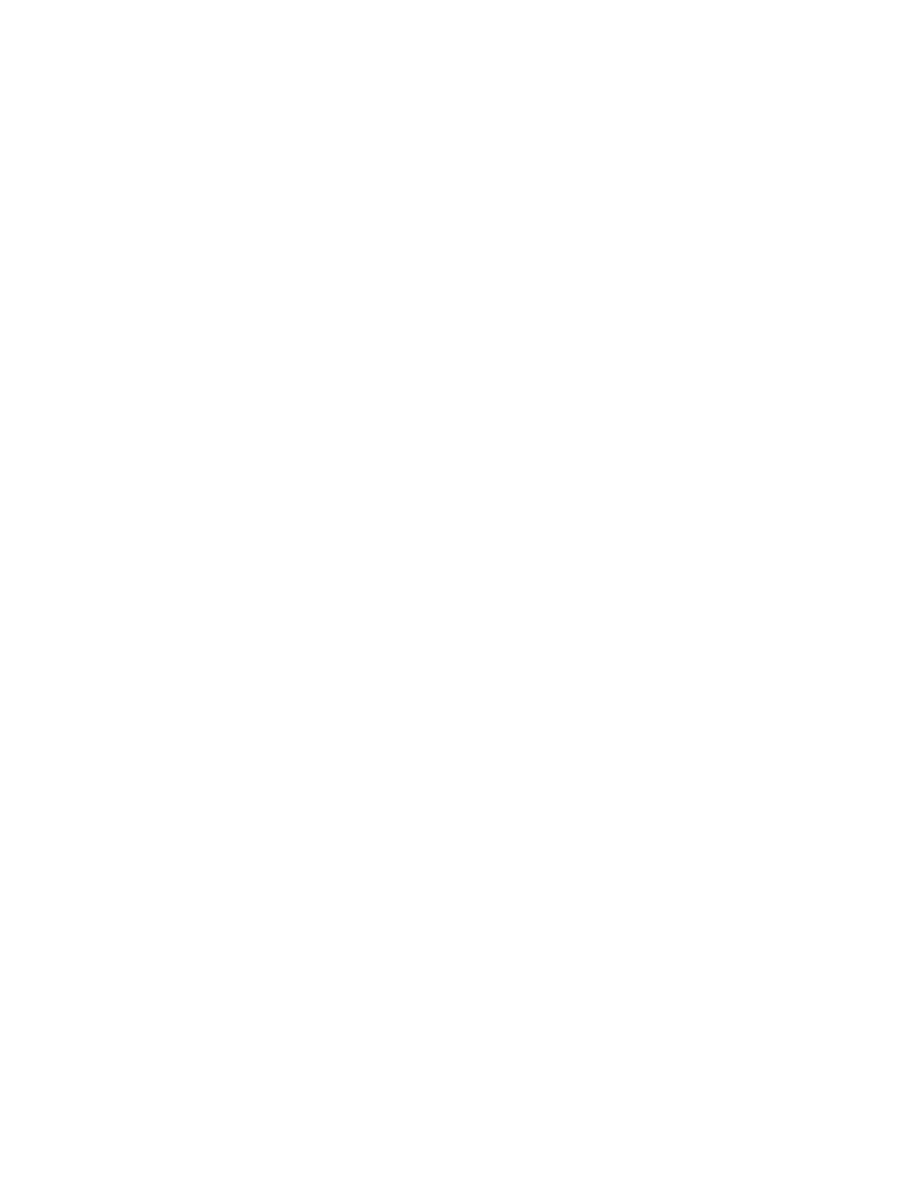Yukon Denali 2WD V8-6.0L Hybrid (2010)

Fuel Injector Coil Test
1. Ignition OFF, open the hood to disable the Auto-Stop function. Refer to Hybrid Modes of Operation Description (See: Hybrid Drive
Systems/Description and Operation/Hybrid Modes of Operation).
2. Ignition ON, verify the scan tool hood position parameter displays Open.
‹› If the hood position does not display Open, refer to Diagnostic Trouble Code (DTC) List - Vehicle (See: Computers and Control
Systems/Testing and Inspection/Diagnostic Trouble Code Descriptions/Diagnostic Trouble Code (DTC) List - Vehicle) for DTC P254F.
3. Verify the resistance of each fuel injector with one of the following methods:
*
If the engine coolant temperature (ECT) sensor is between 10-32°C (50-90°F), the resistance of each fuel injector should be 11-14 ohm.
‹› If the injectors measure OK, perform the Fuel Injector Balance Test - Fuel Pressure Test.
‹› If not within the specified range, replace the fuel injector.
*
If the ECT sensor is not between 10-32°C (50-90°F), measure and record the resistance of each fuel injector with a DMM. Subtract the lowest
resistance value from the highest resistance value. The difference between the lowest value and the highest value should be equal to or less
than 3 ohm.
‹› If the difference is equal to or less than 3 ohm, refer to Fuel Injector Balance Test - Fuel Pressure Test for further diagnosis of the fuel
injectors.
‹› If the difference is greater than 3 ohm, add all of the fuel injector resistance values to obtain a total resistance value. Divide the total
resistance value by the number of fuel injectors to obtain an average resistance value. Subtract the lowest individual fuel injector resistance
value from the average resistance value. Compute the difference between the highest individual fuel injector resistance value and the
average resistance value. Replace the fuel injector that displays the greatest difference above or below the average.
Note:
*
DO NOT perform this test if the engine coolant temperature (ECT) is above 94°C (201°F). Irregular fuel pressure readings may result due to hot
soak fuel boiling.
*
Verify that adequate fuel is in the fuel tank before proceeding with this diagnostic.
*
Before proceeding with this test review the User Manual CH 48027-5 for Safety Information and Instructions.
Fuel Injector Balance Test-Fuel Pressure Test
1. Ignition OFF, install a CH-48027 fuel pressure gauge. Refer to Fuel Pressure Gauge Installation and Removal (See: Fuel Pressure/Testing and
Inspection/Fuel Pressure Gauge Installation and Removal).
Note:
*
The fuel pump Enable may need to be commanded ON a few times in order to obtain the highest possible fuel pressure.
*
DO NOT start the engine.
2. Ignition ON, command the fuel pump Enable ON with a scan tool. Verify the fuel pressure is within 365-414 kPa (53-60 psi).
‹› If not within the specified range, refer to Fuel System Diagnosis (See: Computers and Control Systems/Testing and Inspection/Component
Tests and General Diagnostics/Fuel System Diagnosis) for further diagnosis of the fuel system.
3. Monitor the CH-48027 for one minute. The fuel pressure should not decrease greater than 34 kPa (5 psi).
‹› If the fuel pressure decreases greater than 34 kPa (5 psi), refer to Fuel System Diagnosis (See: Computers and Control Systems/Testing and
Inspection/Component Tests and General Diagnostics/Fuel System Diagnosis).
4. Perform the Fuel Injector Balance Test with Special Tool or the Fuel Injector Balance Test with Tech 2.
Fuel Injector Balance Test with Special Tool
1. Set the amperage supply selector switch on the fuel injector tester to the Balance Test 0.5-2.5 amp position.
2. Connect the J 39021 to a fuel injector with a J 44602.
3. Command the fuel pump Enable ON and then OFF three times with a scan tool. On the last command, as the fuel pressure begins to slowly
degrade and stabilize, select a fuel pressure within 34 kPa (5 psi) of the maximum pump pressure. Record this fuel pressure. This is the starting
pressure at which you will pulse each injector.
4. Command the fuel pump Enable ON one more time and energize the fuel injector by depressing the Push to Start Test button on the J 39021 at the
previously selected pressure.
5. After the injector stops pulsing, select Min from the Display Mode and record the Min pressure.
Note: New test results will not be recorded if the Min/Max results are not cleared after each injector is tested.
6. Clear the Min/Max results.
